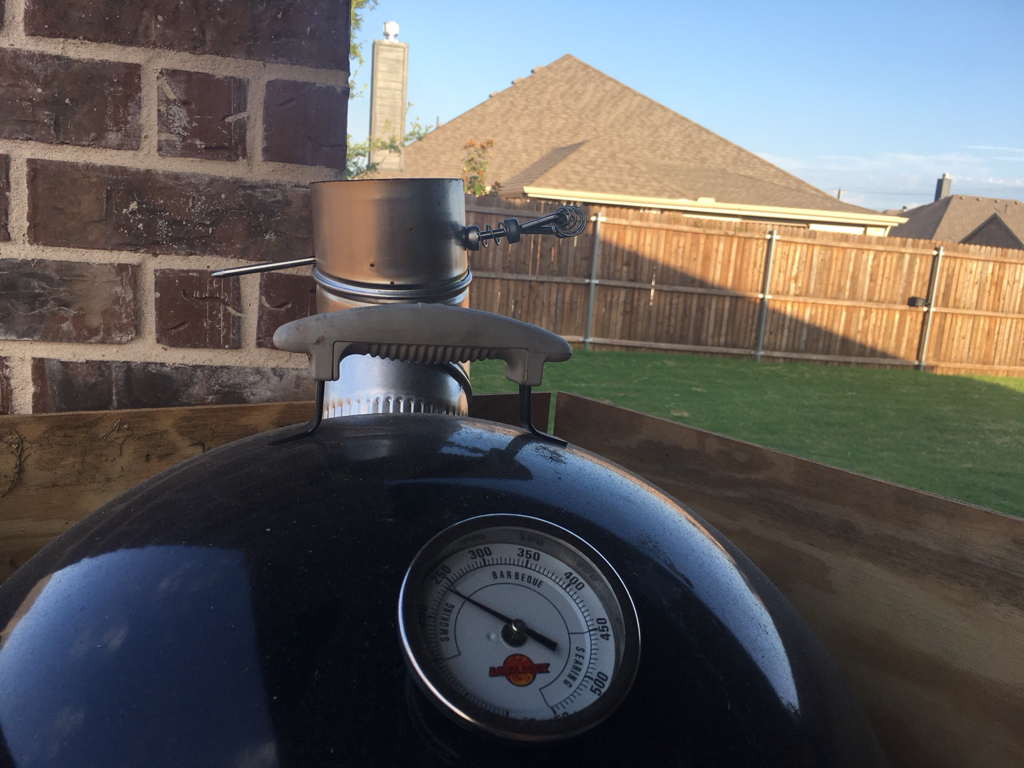txsmkmstr
is one Smokin' Farker
A little late to the party here but wanted to share some things. Last year I purchased a Hobart 140 wire welder and couldn't be happier for what I do with it. It's a bit on the small side for 1/4" and larger but by using multiple passes with quality beads it's quite sufficient. Just don't expect to make one large bead at that thickness.
The Hobart has a drive wheel with multiple grooves for different wire diameters and whether the wire is solid or flux cored. Very simple to push/rotate to the proper groove.
Shielding gas is a must in my book. I ended up leasing a cylinder from the welding supply place. This kept my initial investment to something reasonable. The payback occurs after 4 years of leasing. At that point you would save money by owning your own cylinder vs. leasing.
I found a great deal on a Harbor Freight welding cart... it has several drawers including one to store your helmet. I highly recommend a cart of some sort for easy of mobility - especially with a cylinder set-up.
Finally, if you're working with thicker material (1/4" or so) it really helps to pre-heat the weld area with a torch. It doesn't have to be red hot but your initial passes will be better. This is evidenced by how much better the bead gets once you've made a couple of passes.
As others have mentioned, a class (community college?) will do wonders if you have the time and money. Welding and cutting operations can be hazardous to you and those around you so pay attention to proper procedures and safety equipment - including eye protection.
The Hobart has a drive wheel with multiple grooves for different wire diameters and whether the wire is solid or flux cored. Very simple to push/rotate to the proper groove.
Shielding gas is a must in my book. I ended up leasing a cylinder from the welding supply place. This kept my initial investment to something reasonable. The payback occurs after 4 years of leasing. At that point you would save money by owning your own cylinder vs. leasing.
I found a great deal on a Harbor Freight welding cart... it has several drawers including one to store your helmet. I highly recommend a cart of some sort for easy of mobility - especially with a cylinder set-up.
Finally, if you're working with thicker material (1/4" or so) it really helps to pre-heat the weld area with a torch. It doesn't have to be red hot but your initial passes will be better. This is evidenced by how much better the bead gets once you've made a couple of passes.
As others have mentioned, a class (community college?) will do wonders if you have the time and money. Welding and cutting operations can be hazardous to you and those around you so pay attention to proper procedures and safety equipment - including eye protection.



